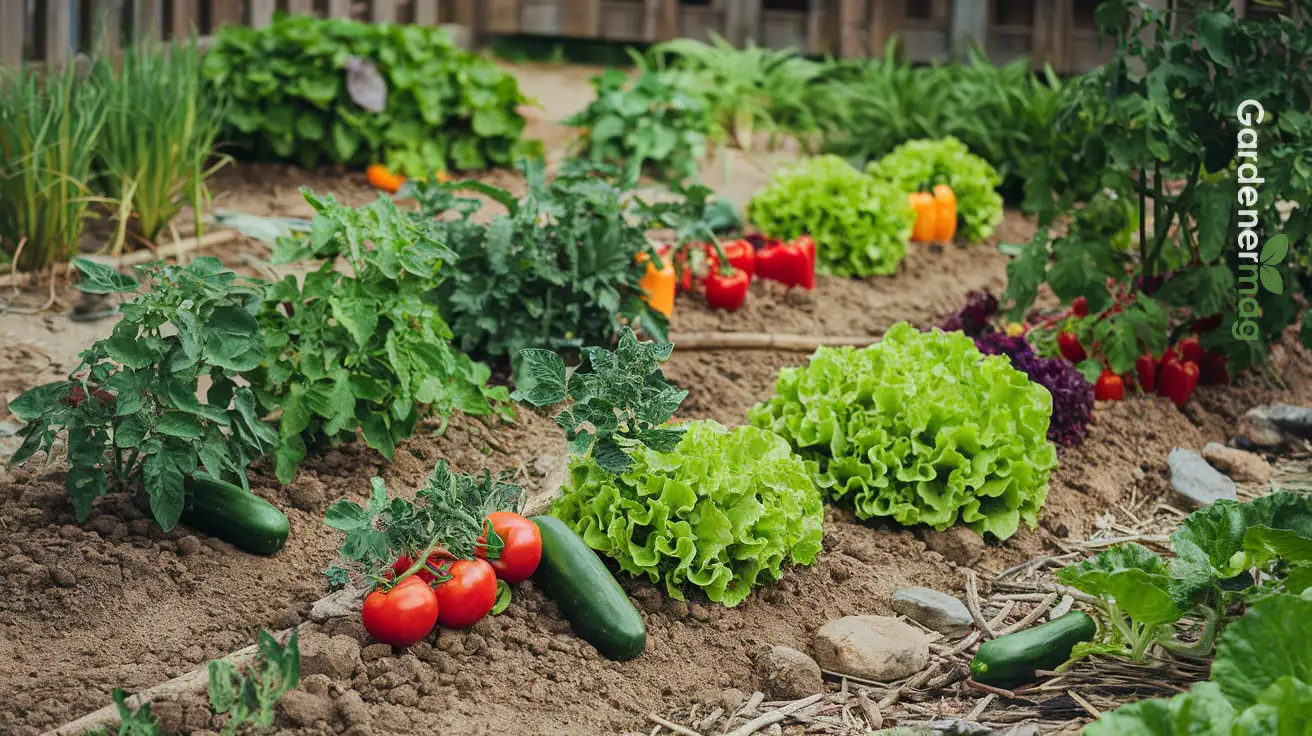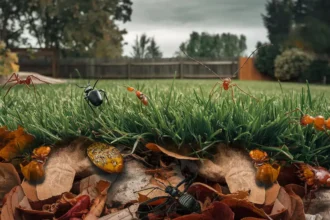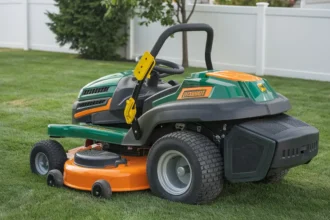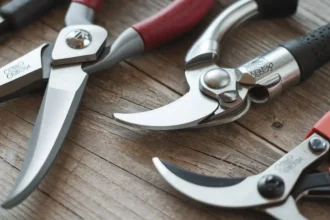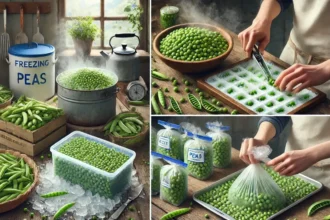Do you want the crunchiest carrots, the juiciest tomatoes, and the most flavorful veggies? Then, you need the best soil for your vegetable garden.
Soil acts as the foundation of your vegetable garden, and the type of soil you use in your garden makes a big difference in how productive and healthy your veggies will be.
Get the right soil, and your vegetables will thrive! But how would you know the best soil type?
In this post, we will discuss everything you need to know about the best soil for growing vegetables. We will also explain how you can create your soil to use in raised bed gardens. So, let’s get started.
Know Your Soil Type
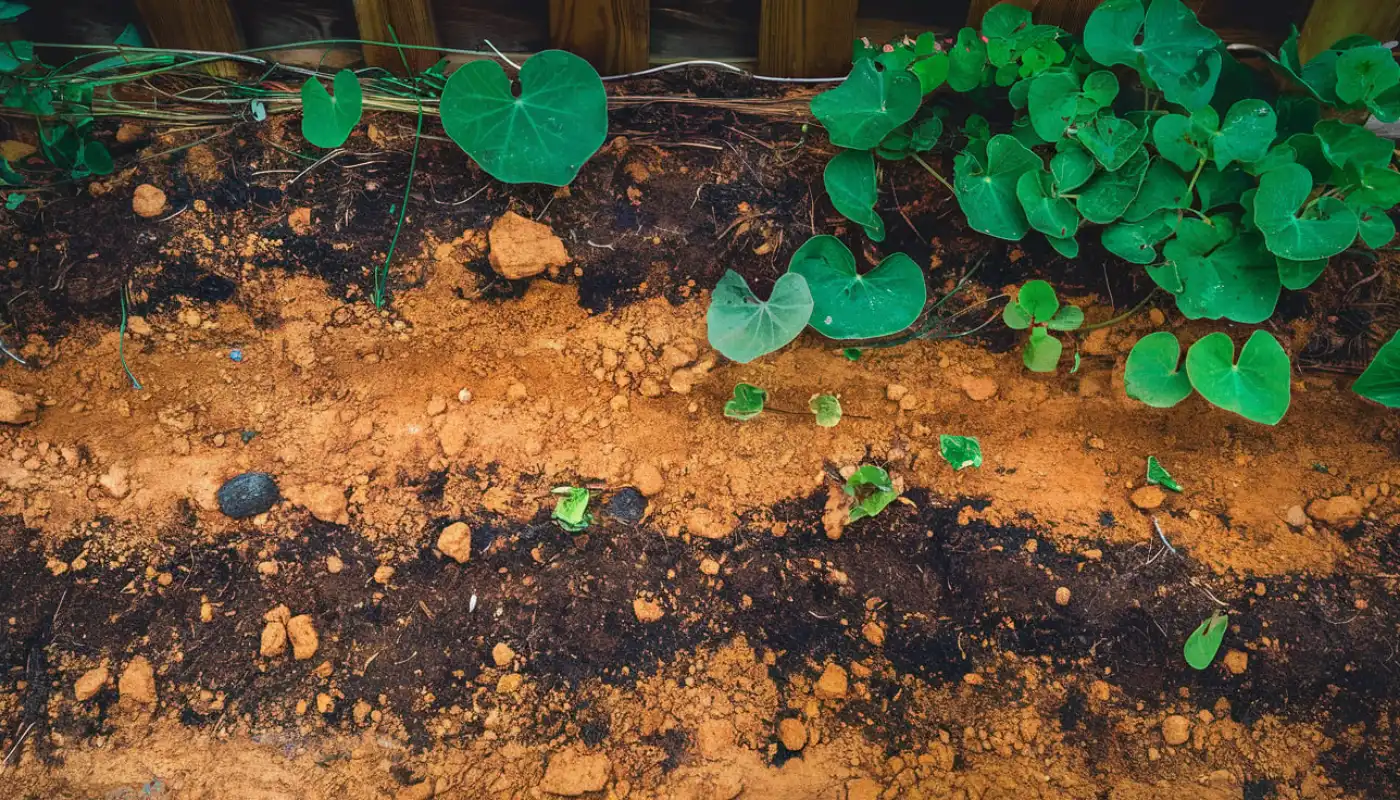
There are typically four types of soil for a vegetable garden – sandy, clay, loamy, and silt.
Sandy soil is light, coarse, and very porous – it is quick-draining. The high level of porosity usually leads to poor water and nutrient retention issues in sand. Hence, this soil type doesn’t hold nutrients well.
Clay soil is very heavy, sticky, and compact. It is less porous and holds water well. However, it can quickly become waterlogged. The dense and compact nature of the soil usually impedes the easy flow of air, water, and nutrients to the plant roots, which can eventually stifle the roots.
Loamy soil is usually considered the best for vegetable gardens as it contains a balanced mix of sand, silt, and clay.
This soil type has good aeration, is rich in nutrients and organic matter, ensures good drainage, and retains moisture. More so, loamy promotes the growth of almost all types of veggies, which makes the soil the gold standard for most gardeners.
Silt soil is very fine and has a moderate water and nutrient retention ability. It holds more water than sandy but less water than clay.
The Best Soil For Vegetable Garden
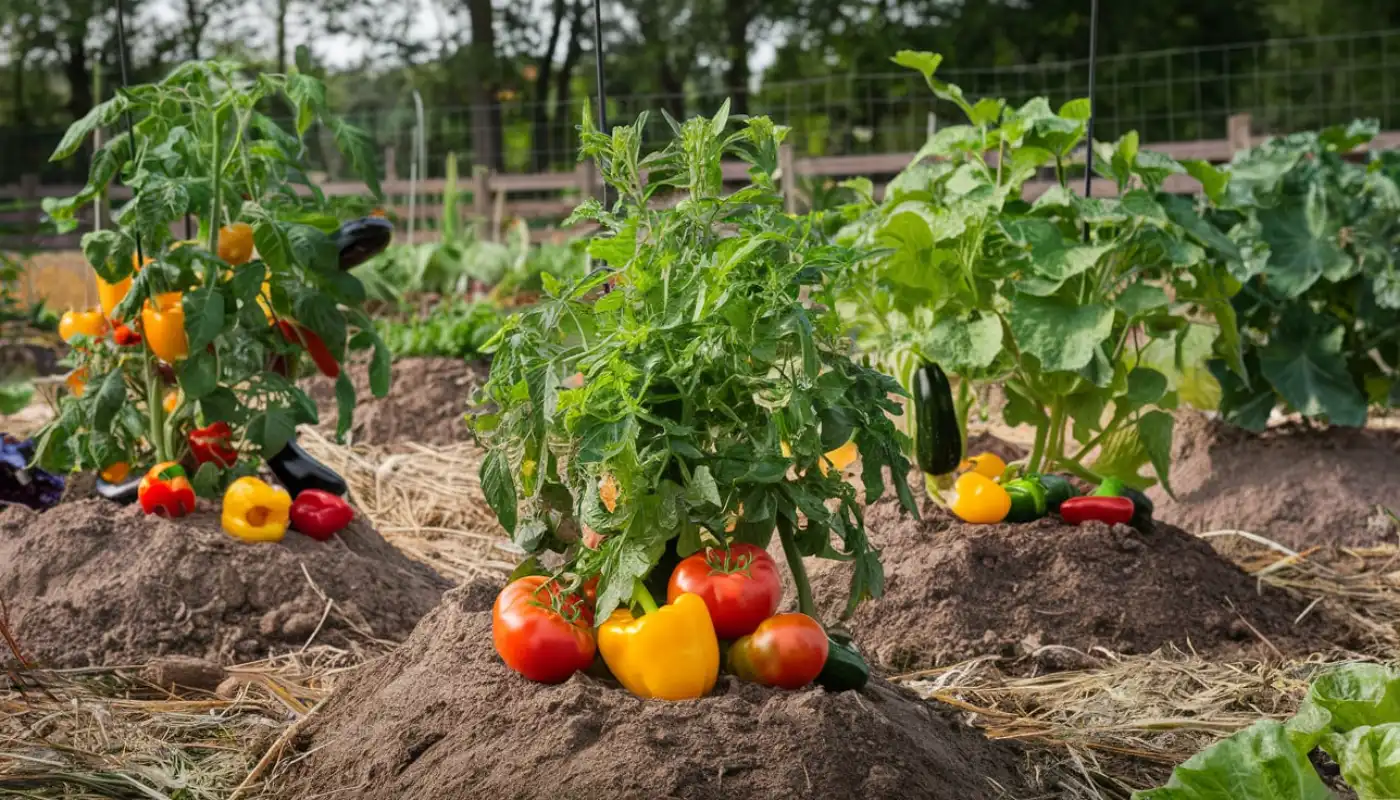
The ideal soil for growing vegetables is one that is rich in nutrients and contains a lot of compost and organic matter like crushed or shredded bark and composted leaves.
The best soil contains a balanced mix of loam, sand, silt, clay, and organic matter. It should be dark in color and hold some moisture in it.
The best soil for a vegetable garden should have a bit of looseness but should still hold its form and not fall apart in the hand immediately after it’s picked up.
The best garden soil for veggies does not just allow water to run right through. Instead, it will hold water long enough for the plants to take it up.
Loamy is well-known as the gold standard for vegetable gardens because it is rich in nutrients, high in organic matter, holds moisture well, and provides good drainage. Also, it allows plant roots to grow freely and absorb nutrients efficiently.
However, loamy is the supposed suitable soil type for growing veggies, but that does not mean that you can’t grow your veggies in other soil types.
All you need to do is work on your soil type to get the right mix. Ensure that you incorporate enough organic matter into the soil you have. Doing this will prevent the soil from becoming too compact or sandy. It will also help the soil to contain the necessary nutrients to feed your plants.
Irrespective of your soil type, you can follow these steps to improve its quality:
If your native soil is not naturally loamy, you can create a loamy texture by mixing your soil with organic matter such as compost, peat moss, or well-rotted manure.
If your soil is sandy, mix in plenty of organic matter. This will improve the retention of moisture and nutrients. However, sandy soil is suitable for root crops like potatoes and carrots because they need well-draining soil to prevent rot.
Clayey soil can be improved by adding organic matter to break up the particles and improve drainage and aeration. If your garden is clayey, consider using raised beds to grow your veggies.
If you practice container gardening or have raised beds, you need potting mix or garden soil that is light, well-draining, and nutrient-rich.
These types of soil usually combine loam, compost, sand, and maybe some perlite to ensure good aeration and drainage. You can either purchase it from a garden store or create yours from a blend of compost, peat moss, and vermiculite.
The pH of the soil also plays an important role when growing veggies. Most veggies will grow well in soils with a pH of 6.5 to 6.8.
If you are using native soil with a higher or lower pH, for instance, over 8.0 or below 5.5, your veggies may experience difficulties accessing certain nutrients. In the next section, we will talk more about the ideal pH for some veggies.
Ideal Soil For Vegetable Gardening
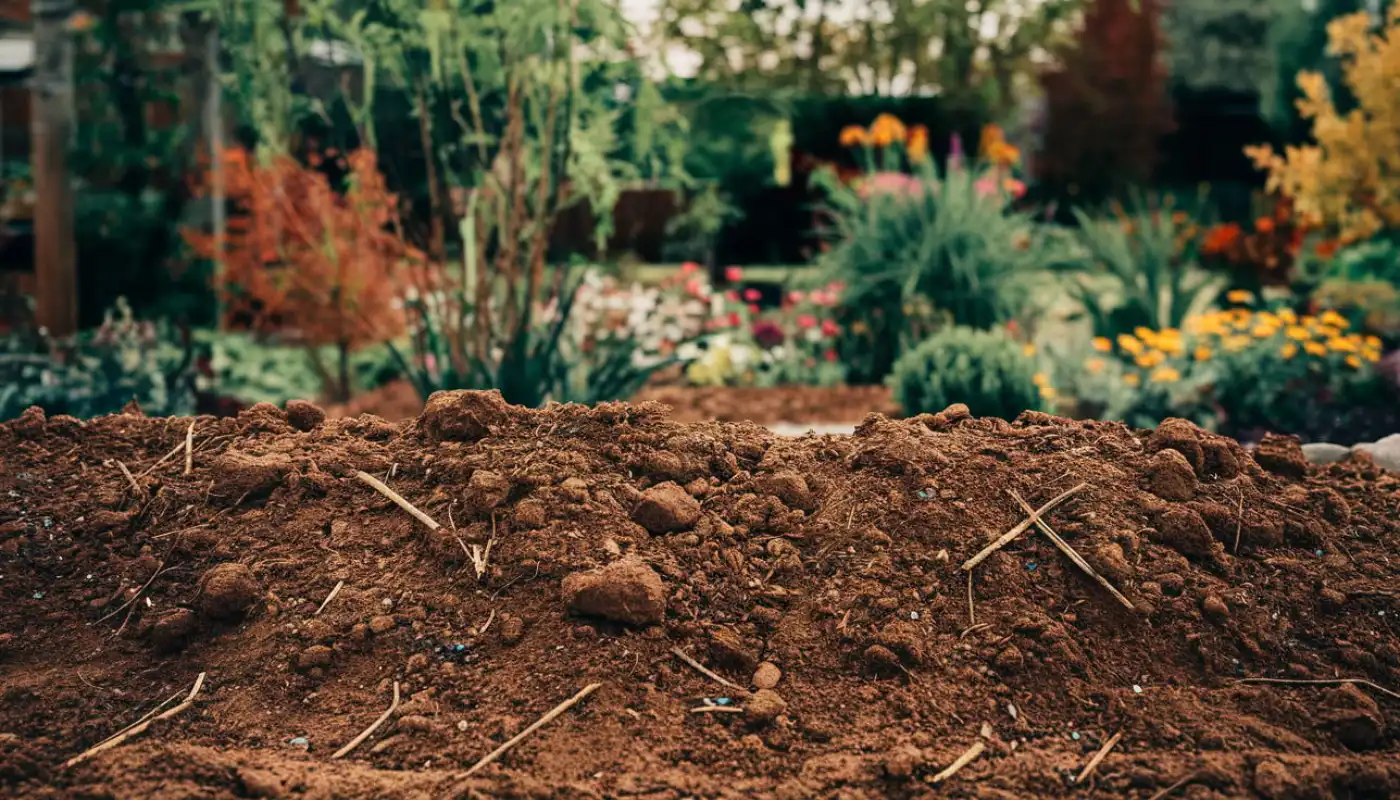
As earlier stated, irrespective of the kind of soil you have in your garden, the key to a successful vegetable garden is having soil conducive to growing healthy, productive plants.
Different veggies have different soil preferences regarding nutrient content, pH, texture, etc. Below is a detailed overview of the best soil conditions for some garden vegetables:
- Spinach: Spinach can thrive in any soil type as long as the soil is well-draining and very rich in nutrients, especially nitrogen (N). Spinach prefers alkaline soil with a neutral to slightly alkaline pH (6.5 to 7.5).
- Zucchini: Any well-drained and fertile soil is perfect for Zucchini. The soil should be rich in organic matter and have a pH between 6.0 and 7.5. You can add cured manure or compost to the soil to provide Zucchini with the necessary nutrients for producing large fruits.
- Cucumbers: This plant will do well in any loose, well-drained, and airy soil. The soil must also be deep and rich in nutrients and organic matter. Cucumbers prefer soil with a pH between 6.0 and 7.0.
- Beans: Like Lettuce, beans thrive in slightly acidic to neutral soil (6.0 to 7.0), although they can also tolerate a wide pH range. Beans like well-drained soil rich in organic matter. The ideal soil for legumes must be rich in phosphorus and potassium. Being legumes, beans fix their nitrogen.
- Peppers: Peppers thrive in well-drained loamy soil. The soil should have a slightly acidic to neutral pH (6.0 to 7.0) and be rich in organic matter. Being heavy feeders, peppers require regular fertilization to maintain their nutrient level.
- Tomatoes: Tomatoes require soil conditions similar to those of carrots. They like well-draining soil that is rich in organic matter like sandy loam. They also like neutral to slightly acidic pH (6.0 to 7.0). Tomatoes are heavy feeders. Hence, the soil should be rich in nutrients like phosphorus (P) for healthy fruit development.
- Carrots: To avoid rotting, carrots need well-drained soils, which makes deep sandy or sandy-loam soil ideal for carrots. The soil must be free from large stones, rocks, and hard clumps, as these can deform the roots. The soil should also have a pH of slightly acidic to neutral (6.0 to 7.0).
- Lettuce: Lettuce thrive in loose sandy-loam soil with good drainage. Although Lettuce can do well in soil with various pH values, they prefer slightly acidic to neutral (6.0 to 7.0). Lettuce plants have shallow roots. Hence, it is ideal to add compost and organic matter to the topsoil regularly.
Please note that these are just general guidelines. Each specific vegetable you are growing has slightly different soil requirements. Hence, we recommend that you conduct a soil test and adjust the soil accordingly to fit the needs of the vegetable you wish to grow.
How To Create Your Soil In Raised Garden Beds?
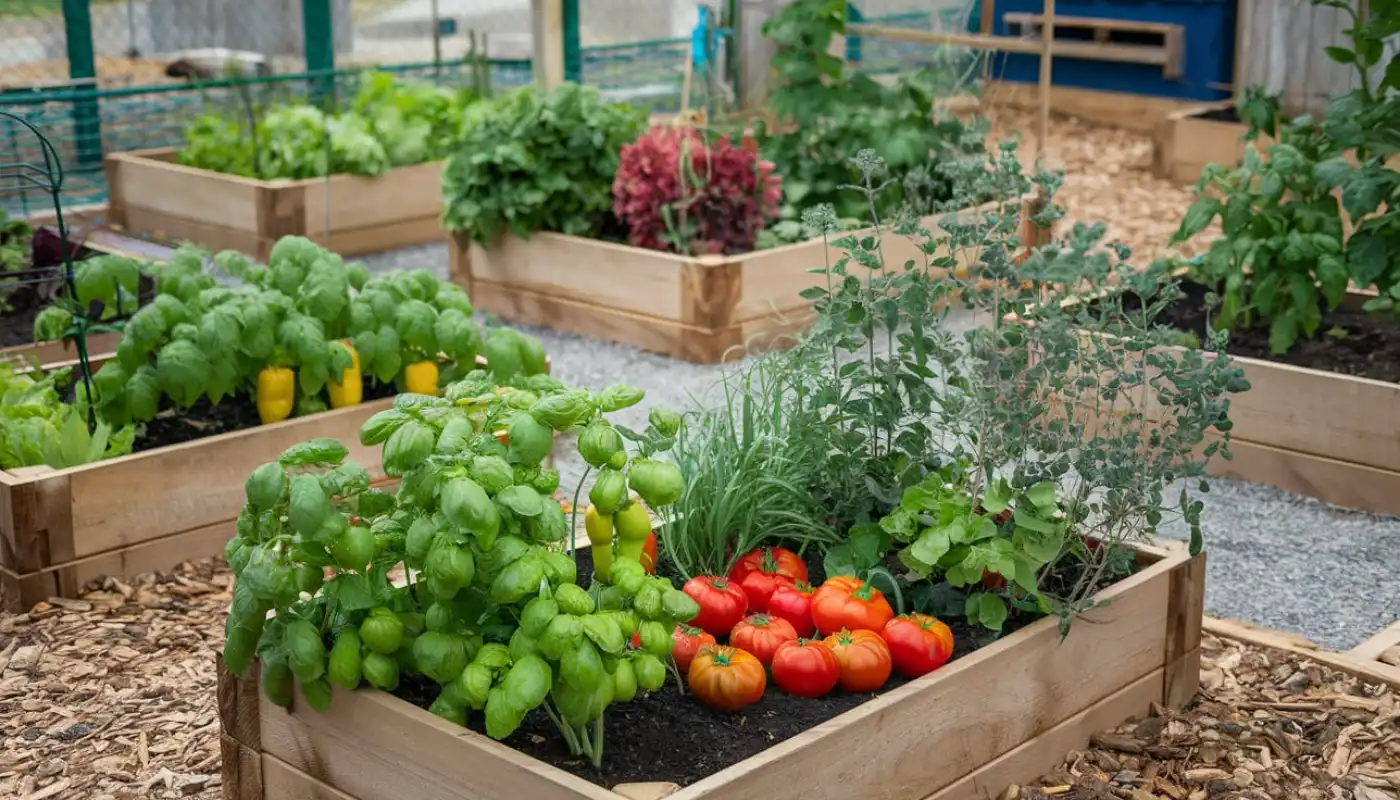
As mentioned earlier, if your garden soil is not ideal for growing veggies, especially if it is compacted or has poor drainage, consider using raised beds.
Make sure to fill the beds with a well-balanced garden soil mix. This helps to improve soil quality.
In general, a raised bed soil is more productive because the soil is less compact and has better drainage. It allows better control over soil composition, which makes it easier to create the perfect soil for gardening.
If you are creating new raised beds, you need to pay special attention to the soil you are putting in those beds.
The ideal soil for filling raised beds is seven parts topsoil, three parts organic matter, and two parts sharp sand. You may double the proportion of sand to improve drainage.
Here is an extensive post on how to build raised garden beds.
Conclusion
The best soil for a vegetable garden raised bed has a well-balanced mix that provides good aeration, drainage, and water/nutrient retention. A standard soil recipe for a high-quality soil mix includes:
- Topsoil: This contributes mineral content and forms the base for the mixes.
- Compost: It adds organic matter, enhances fertility, and improves soil structure.
- Cured manure or composted litter: It adds nutrients to the soil and improves fertility.
- Peat Moss: This aids in proper aeration and water retention, especially in raised beds.
- Perlite or Vermiculite: It prevents soil compaction and promotes aeration and drainage.
Nevertheless, irrespective of the kind of soil you have in your garden, you can amend the soil to become conducive to growing healthy, productive vegetable crops.
Also, remember that different veggies have different soil preferences in terms of composition, nutrient content, pH, and texture.
Therefore, understanding your soil type and taking steps to improve it will help you to create a thriving garden.
Frequently Asked Questions (FAQs)
The ideal soil for vegetables should be well-draining, aerated, moisture-retaining, and nutrient-rich. Loam is generally considered the ideal soil because it has a balanced mixture of sand, silt, and clay, and offers these qualities.
Loam has a balanced mixture of sand, silt, clay, and organic matter. Sand promotes good drainage, ensuring that water doesn’t pool and cause root rot. Silt helps with moisture retention, preventing dryness and keeping the roots hydrated. Clay aids aeration and nutrient retention. It also promotes soil structure. Organic matter is nutrient-rich, providing essential nutrients for your vegetable plants.
Loamy is not always the best soil. Perhaps your native soil may be the best for the vegetable you want to grow. Carry out a soil test to determine the soil fertility any identify any nutrient deficiencies. If your soil is deficient, don’t worry! You can improve drainage, aeration, and nutrient content by adding organic matter.
Yes, you can grow your vegetables in containers or pots. This is ideal if you have limited space in your garden. Make sure that you fill the containers with a well-draining potting soil.


